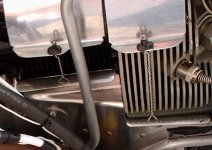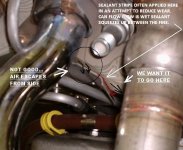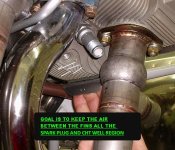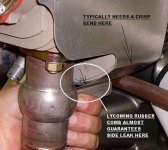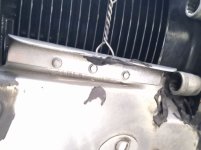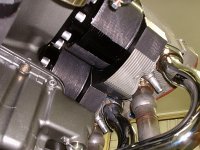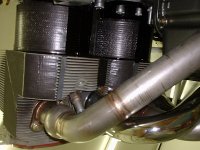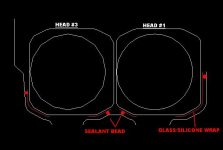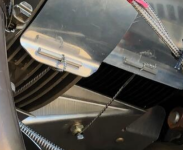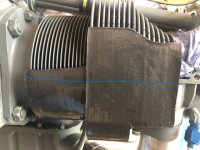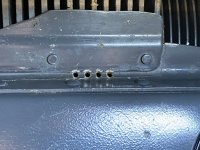I'm seeing some silicone/glass wraps which appear pretty rough. Here's the technique...
Lay out some 4 or 6 mil (i.e. heavy duty) plastic sheet. Lay a ply of 9 oz plain weave fabric, then squirt Permatex Ultra Black (aka Loctite 598) on the fabric. Lay another sheet of plastic on top. Now roll back and forth over the sandwich with a rolling pin, chunk of pipe, whatever you have, working the silicone down through the fabric. Flip the sheet to see how you're doing; it's clear plastic sheet, right?
When the fabric is fully saturated, roll hard to work excess silicone out to the perimeter of the sandwich, off the glass.
Clean the edges of the fins with MEK or acetone. Measure the exact size of the fin area to be covered. Draw the shape, exact size, right on the top plastic sheet. Cut the shape with your shop scissors, the end result being a plastic/glass/plastic sandwich which exactly fits where you want it. It's not sticky or messy, so hold it in place to check fit. Not perfect? No problem, trim to suit.
When the fit is good, peel the plastic off the side which will stick to the fins and smooth it into place. Leave the plastic sheet in place on the outside until the silicone cures a day or two, then peel it off. The result will be neat and smooth, with no strings or blobs.
Don't want air sneaking between the silicone/glass wrap and the aluminum wrap. If they are not pressed firmly together, a tiny bead of sealant will block the path.
.



